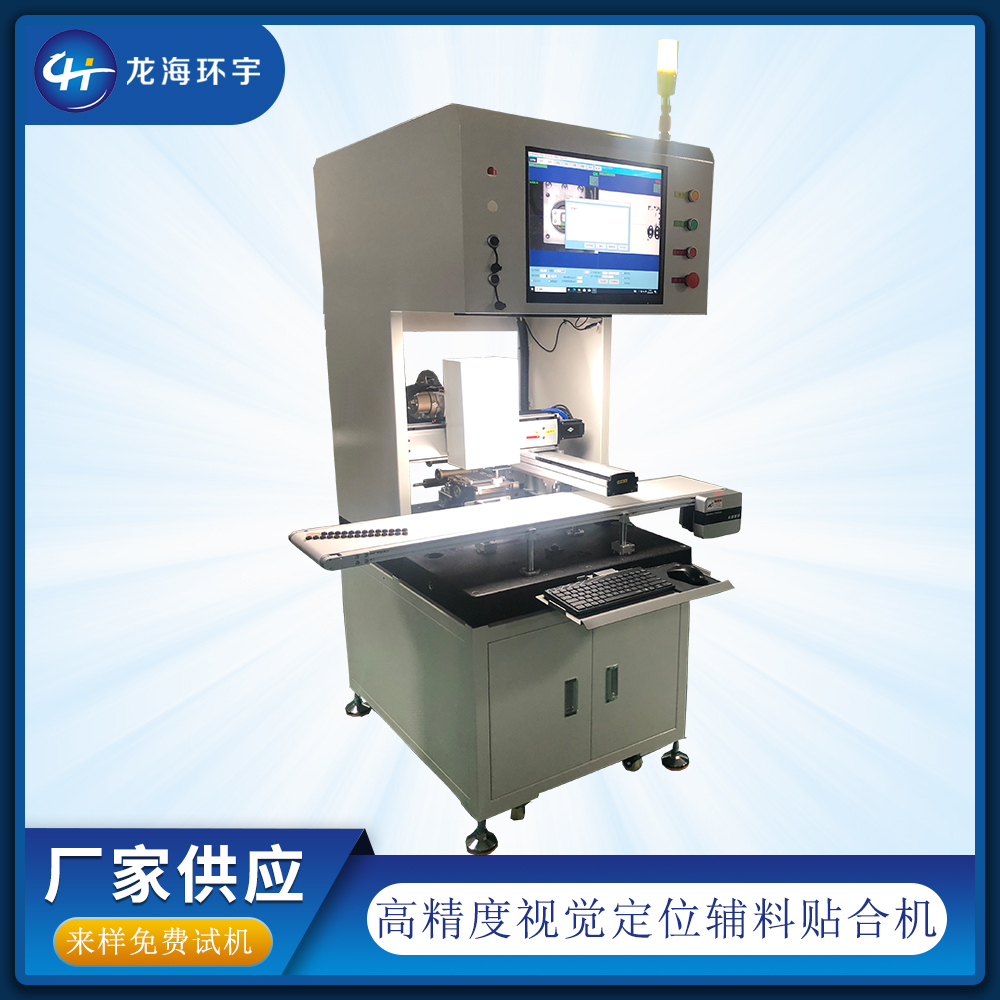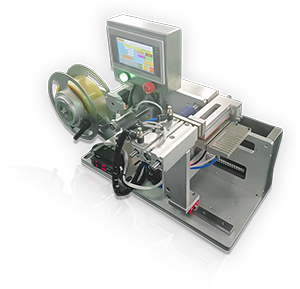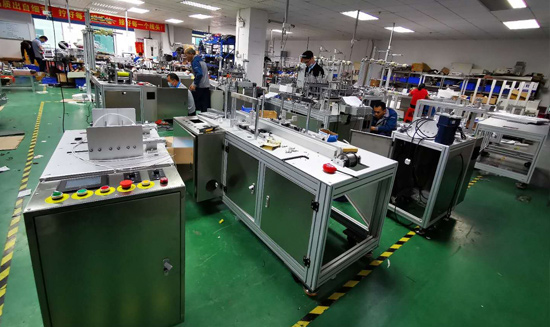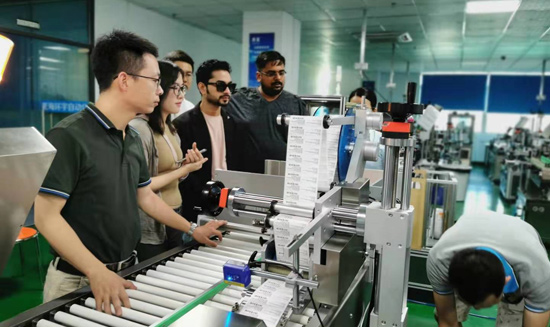关于我们
准备购买视觉贴标机,该如何考虑?
Time:2025-06-23
Page views: 1519次
准备购买视觉贴标机,一定要做好视觉贴标机的需求分析,需综合性能、兼容性、环境适配及成本效益四大维度,具体如下:
一、核心性能需求
精度要求
- 高精度场景(电子芯片、医药标签):需±0.05mm内精度,采用闭环伺服系统或直线电机驱动,搭配光栅尺实时反馈。
- 通用场景(日化品):精度控制在±0.3mm,步进电机方案即可满足。
案例:医药冻干粉贴标采用Basler相机+HIWIN丝杠,合格率提升至99.9%。
速度与稳定性
- 高速产线(饮料、食品):需400-1200件/分钟,采用旋转式贴标机或SCARA机器手,加速度达10m/s²。
- 连续生产保障:设备MTBF(平均无故障时间)需≥8000小时,减震系统抑制振动至5μm内以维持稳定性。
动态补偿能力
- 曲面/异形产品(如化妆品瓶)需六自由度贴标头,实时补偿位置偏差(响应≤10ms)。
- 视觉定位结合AI算法,预判产品运动轨迹(如饮料瓶环形贴标)。
二、标签与产品兼容性
标签特性适配
产品形态兼容
- 规则产品(方盒/圆瓶):标准贴标头即可满足。
- 异形产品(软包装、曲面件):需视觉定位+柔性夹具,如SCARA机器手末端六维力传感。
案例:手机电池曲面贴标采用真空吸嘴阵列,压力控制精度0.1N。
三、生产环境与行业规范
特殊环境要求
- 无菌环境(医药):设备材质需304不锈钢,通过GMP认证,支持过氧化氢蒸汽消毒。
- 防爆场景(化工):设备需ATEX/IECEx防爆认证。
- 潮湿/粉尘环境:IP67防护等级,无油真空系统。
智能化与扩展性
- 数据追溯:集成MES/ERP接口,支持二维码绑定(如汽车零部件追溯)。
- 未来升级:预留IoT模块接口,支持能耗监控或远程诊断。
四、成本效益与实施考量
投资回报分析
隐性成本控制
- 维护成本:选择模块化设计(如快换贴标头),换型时间缩短至5分钟。
- 能耗优化:直线电机驱动能耗比传统丝杠低30%,制动电能回收率85%。
五、行业应用差异对比
总结建议
视觉贴标机选型需以精度-速度-稳定性为三角形核心,结合行业特性选择技术方案:
- 试机验证:在模拟产线下测试动态贴标精度(如±0.1mm标签偏差容忍度);
- 供应商评估:考察减震设计(振幅≤5μm)、售后服务响应(如龙海环宇的模块化换件服务);
- 长期规划:预留AI升级空间(如深度学习路径优化),避免设备短期内技术过时。
下一篇:
视觉贴标机贴膜机方案,如何做好需求分析?













 微信咨询
微信咨询